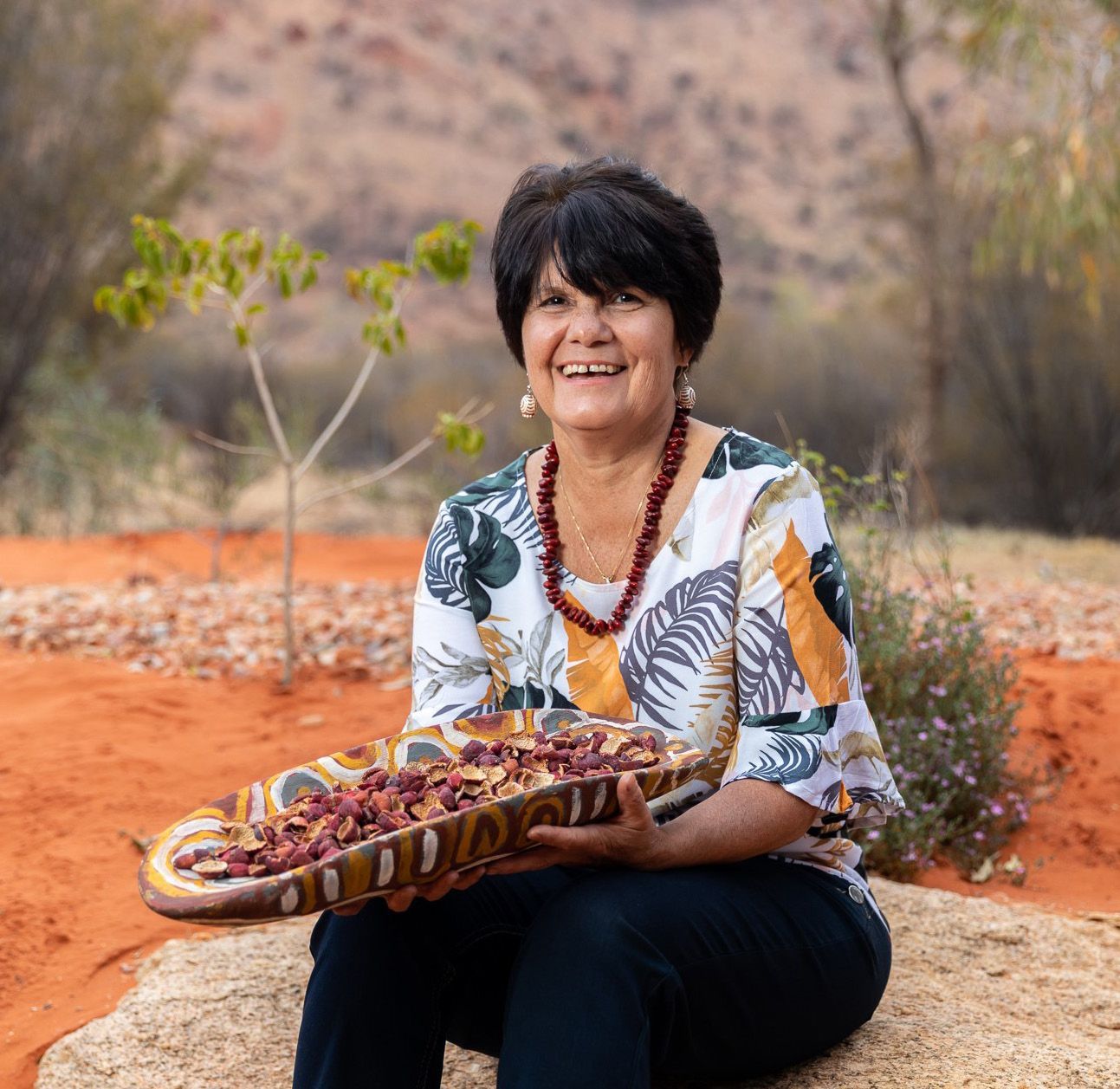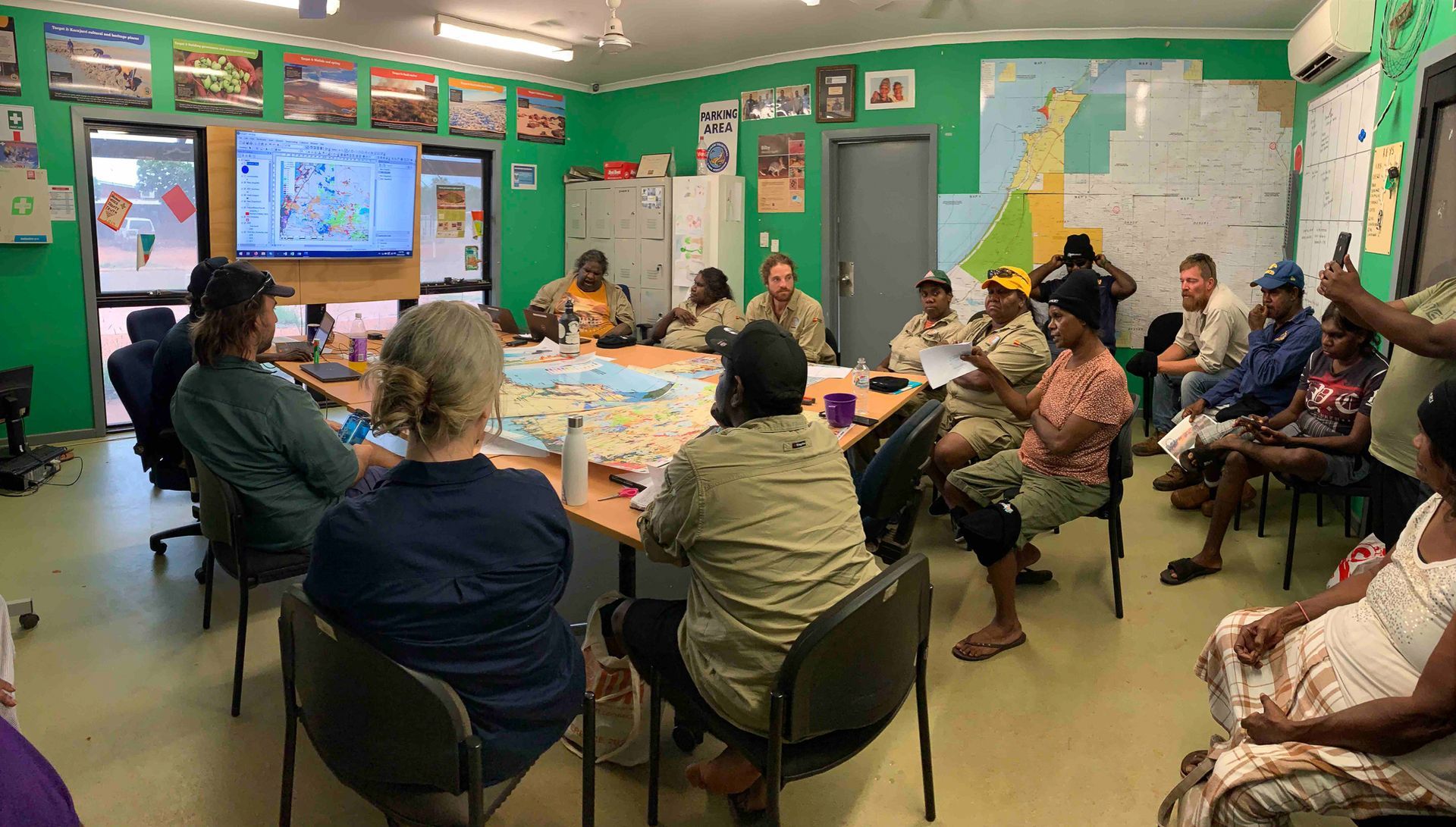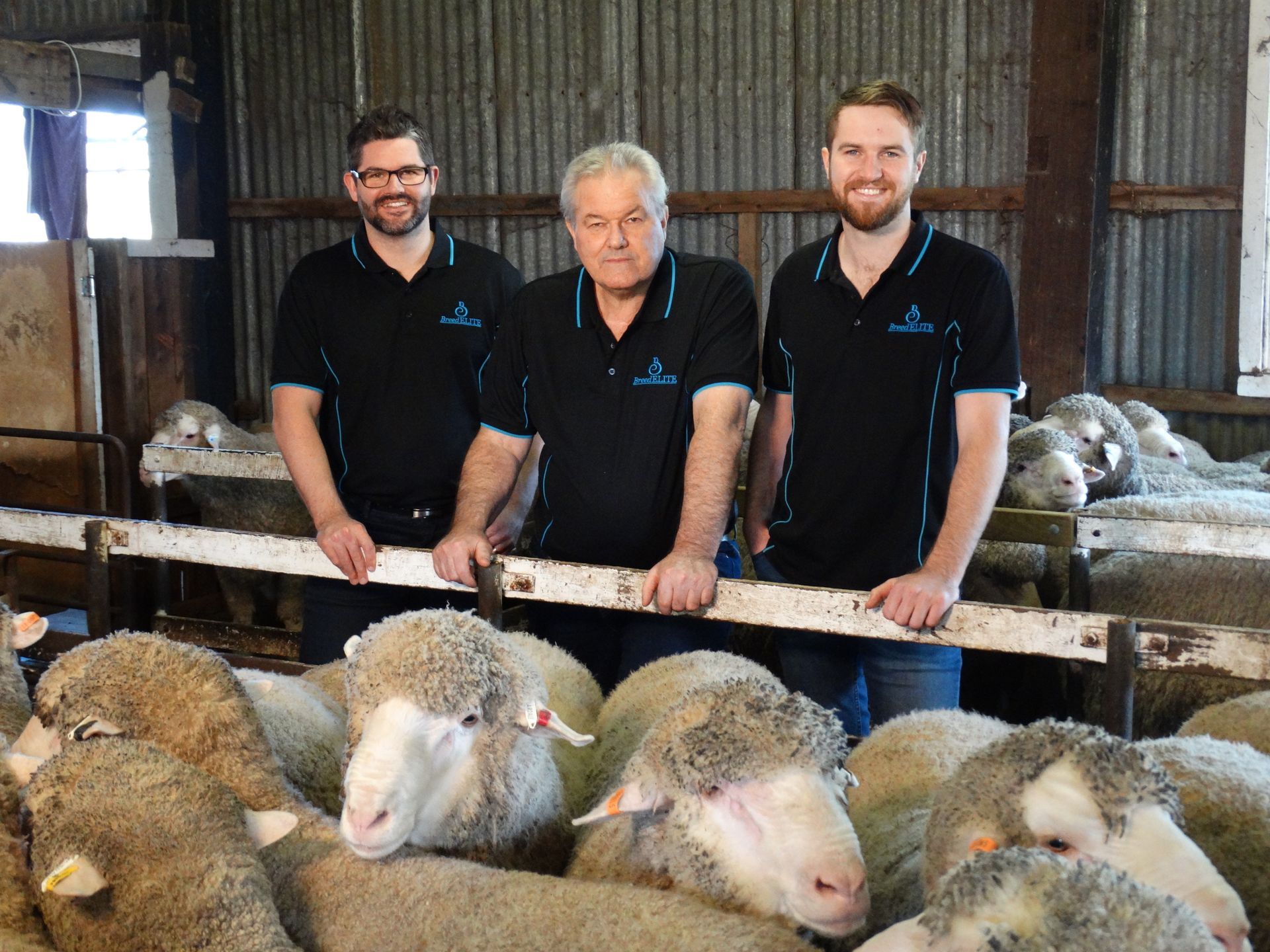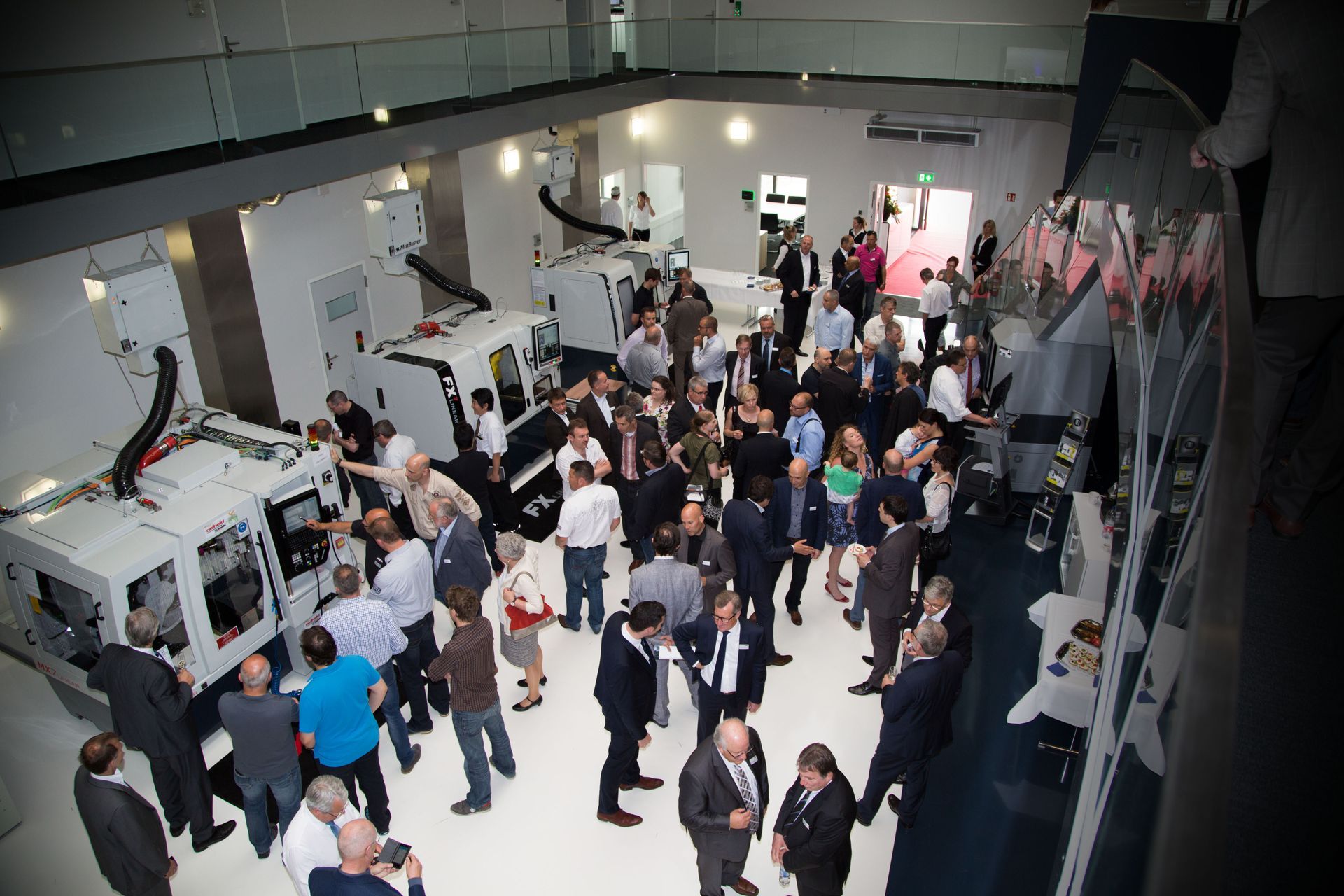CSIRO initiative promotes responsible innovation
Vivien Lin

The impact of emerging scientific and technological innovations on society will be examined under a new CSIRO-led partnership, looking at ethical, social and regulatory challenges.
The Responsible Innovation Initiative
(RII) is a five-year, $5.75 million investment that will see the CSIRO, the University of Queensland, the Australian National University
and Charles Darwin University
collaborate to support innovation in science and technology.
The consortium is closely aligned with CSIRO’s Future Science Platforms and aims to understand the challenges associated with new domains such as synthetic biology, robotics and artificial intelligence (AI). The complexity and rapid pace of change has made it increasingly difficult to understand how these emerging areas will affect our lives. Issues that the RII will consider include:
● whether new technologies unintentionally introduce inequalities into society;
● how perspectives from the broader community can be integrated into the development and deployment of new technologies; and
● how to design systems to reflect societal values and ethics.
“We recognise that future science and technology provide significant opportunities to benefit our lives, but these are not without their own set of ethical, social and regulatory challenges,” says CSIRO Responsible Innovation Initiative Research Director Dr Justine Lacey. “If left unresolved, these challenges can hinder the progress and innovation required for this science to deliver benefits to society and to future generations.”
The RII will explore the ethics of AI and how it will be used in the future. “This is a domain where we know that the design of algorithms for decision-making can have far reaching consequences and we have seen from reports in other parts of the world where, in some instances, this has led to poor outcomes for some communities,” Dr Lacey says. “We absolutely need to ensure that these machines and their algorithms are accepted, useable and trusted by those who will be relying on them to make decisions.”
The RII will appoint seven jointly-funded Postdoctoral Research Fellows over the next five years to analyse the emerging science and applications associated with synthetic biology, precision health, indigenous futures and other areas as they arise. The Research Fellows bring expertise in the risk governance of future technologies, the ethics of robotics and digital human rights, facilitating the development of new approaches to all aspects of the innovation cycle.
The program will also collaborate with international partners to ensure that Australia remains at the leading edge of scientific practice.
Research will focus on three interrelated areas:
● how to account for and manage the risks posed by emerging technologies;
● the nature of trust in emerging technologies in the community; and
● how effective our institutions are at both seizing the opportunities presented by emerging technologies and managing their risks.
“This collaboration allows us to examine and develop new policy and regulatory responses to new and emerging technological innovations,” says University of Queensland’s Provost Professor Aidan Byrne. “Getting the right policy settings is important as this encourages, supports and shapes innovation to achieve economic, social and cultural objectives simultaneously.”
The research program will also incorporate Indigenous knowledge into new approaches to innovation, underlining the value of integrative science.
“Northern Australia’s future will be a place of disruption and innovation that will bring ancient and contemporary knowledge traditions together with new approaches to business, technologies and livelihoods,” says Charles Darwin University Deputy Vice-Chancellor and Vice President of Research and Innovation, Professor Bogdan Dlugogorski. “This collaboration is an investment in Indigenous-partnered approaches to innovation and change that help us all invest in ethical, sustainable and exciting ways of thinking and working.”
The RII has commenced work on identifying collaborative partners to develop the next generation of researchers and scientists responsible for tackling these new issues.
“We are now focusing on establishing a range of applied projects in specific areas that will allows us to better understand risk, trust and institutional effectiveness in various contexts,” Dr Lacey says. “We have also started some projects that are working directly with citizens to better understand their views and expectations of specific areas of science and technology in relation to managing environmental challenges in Australia.”
Such projects include identifying society’s expectations of new energy industries and exploring how to develop co-benefits with end users of specific technologies in agricultural settings.
By embedding responsible innovation into the development of science and technology, the RII ultimately seeks to ensure that all new areas of innovation will deliver positive impacts for society.
“The pace of change in digital transformation means that we need to respond more quickly to innovation as it happens,” Dr Lacey says. “Innovation that leaves society in its wake is a failure of innovation.”

In 2016 I published a blog article titled Moonshots for Australia: 7 For Now. It’s one of many I have posted on business and innovation in Australia. In that book, I highlighted a number of Industries of the Future among a number of proposed Moonshots. I self-published a book, Innovation in Australia – Creating prosperity for future generations, in 2019, with a follow-up COVID edition in 2020. There is no doubt COVID is causing massive disruption. Prior to COVID, there was little conversation about National Sovereignty or supply chains. Even now, these topics are fading, and we remain preoccupied with productivity and jobs! My motivation for this writing has been the absence of a coherent narrative for Australia’s business future. Over the past six years, little has changed. The Australian ‘psyche’ regarding our political and business systems is programmed to avoid taking a long-term perspective. The short-term nature of Government (3 to 4-year terms), the short-term horizon of the business system (driven by shareholder value), the media culture (infotainment and ‘gotcha’ games), the general Australian population’s cynical perspective and a preoccupation with a lifestyle all create a malaise of strategic thinking and conversation. Ultimately, it leads to a leadership vacuum at all levels. In recent years we have seen the leadership of some of our significant institutions failing to live up to the most basic standards, with Royal Commissions, Inquiries and investigations consuming excessive time and resources. · Catholic Church and other religious bodies · Trade Unions · Banks (and businesses generally, take casinos, for example) · the Australian Defence Force · the Australian cricket teams · our elected representatives and the staff of Parliament House As they say, “A fish rots from the head!” At best, the leadership behaviour in those institutions could be described as unethical and, at worst….just bankrupt! In the last decade, politicians have led us through a game of “leadership by musical chairs” – although, for now, it has stabilised. However, there is still an absence of a coherent narrative about business and wealth creation. It is a challenge. One attempt to provide such a narrative has been the Intergenerational Reports produced by our federal Government every few years since 2002. The shortcomings of the latest Intergenerational Report Each Intergenerational Report examines the long-term sustainability of current government policies and how demographic, technological, and other structural trends may affect the economy and the budget over the next 40 years. The fifth and most recent Intergenerational Report released in 2021 (preceded by Reports in 2002, 2007, 2010 and 2015) provides a narrative about Australia’s future – in essence, it is an extension of the status quo. The Report also highlights three key insights: 1. First, our population is growing slower and ageing faster than expected. 2. The Australian economy will continue to grow, but slower than previously thought. 3. While Australia’s debt is sustainable and low by international standards, the ageing of our population will pressure revenue and expenditure. However, its release came and went with a whimper. The recent Summit on (what was it, Jobs and Skills and productivity?) also seems to have made the difference of a ‘snowflake’ in hell in terms of identifying our long-term challenges and growth industries. Let’s look back to see how we got here and what we can learn. Australia over the last 40 years During Australia’s last period of significant economic reform (the late 1980s and early 1990s), there was a positive attempt at building an inclusive national narrative between Government and business. Multiple documents were published, including: · Australia Reconstructed (1987) – ACTU · Enterprise Bargaining a Better Way of Working (1989) – Business Council of Australia · Innovation in Australia (1991) – Boston Consulting Group · Australia 2010: Creating the Future Australia (1993) – Business Council of Australia · and others. There were workshops, consultations with industry leaders, and conferences across industries to pursue a national microeconomic reform agenda. Remember these concepts? · global competitiveness · benchmarking · best practice · award restructuring and enterprising bargaining · training, management education and multiskilling. This agenda was at the heart of the business conversation. During that time, the Government encouraged high levels of engagement with stakeholders. As a result, I worked with a small group of training professionals to contribute to the debate. Our contribution included events and publications over several years, including What Dawkins, Kelty and Howard All Agree On – Human Resources Strategies for Our Nation (published by the Australian Institute of Training and Development). Unfortunately, these long-term strategic discussions are nowhere near as prevalent among Government and industry today. The 1980s and 1990s were a time of radical change in Australia. It included: · floating the $A · deregulation · award restructuring · lowering/abolishing tariffs · Corporatisation and Commercialisation Ross Garnaut posits that the reforms enabled Australia to lead the developed world in productivity growth – given that it had spent most of the 20th century at the bottom of the developed country league table. However, in his work, The Great Reset, Garnaut says that over the next 20 years, our growth was attributable to the China mining boom, and from there, we settled into “The DOG days” – Australia moved to the back of a slow-moving pack! One unintended consequence of opening our economy to the world is the emasculation of the Australian manufacturing base. The manic pursuit of increased efficiency, lower costs, and shareholder value meant much of the labour-intensive work was outsourced. Manufacturing is now less than 6% of our GDP , less than half of what it was 30 years ago!









